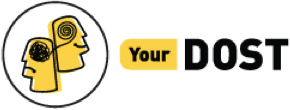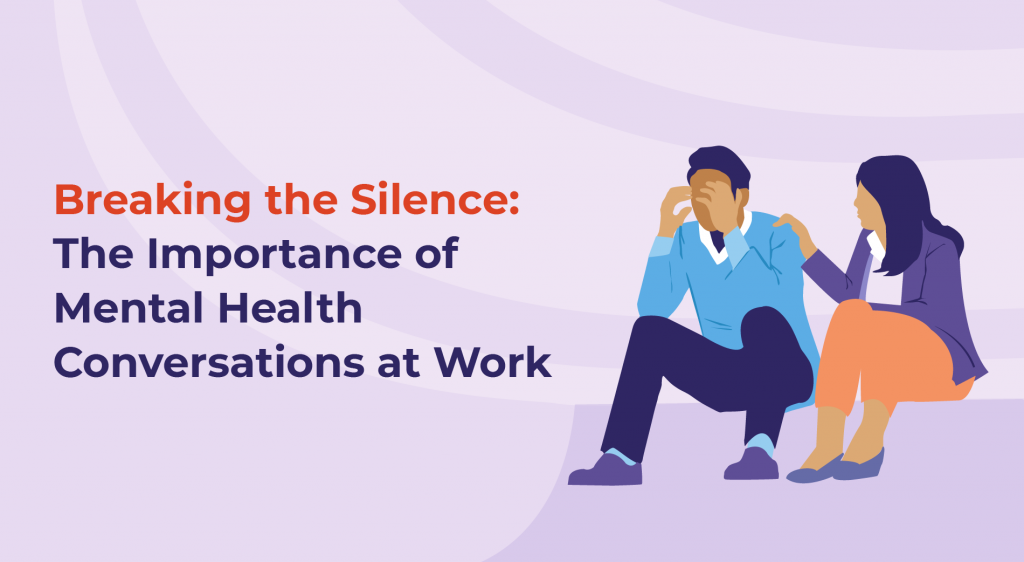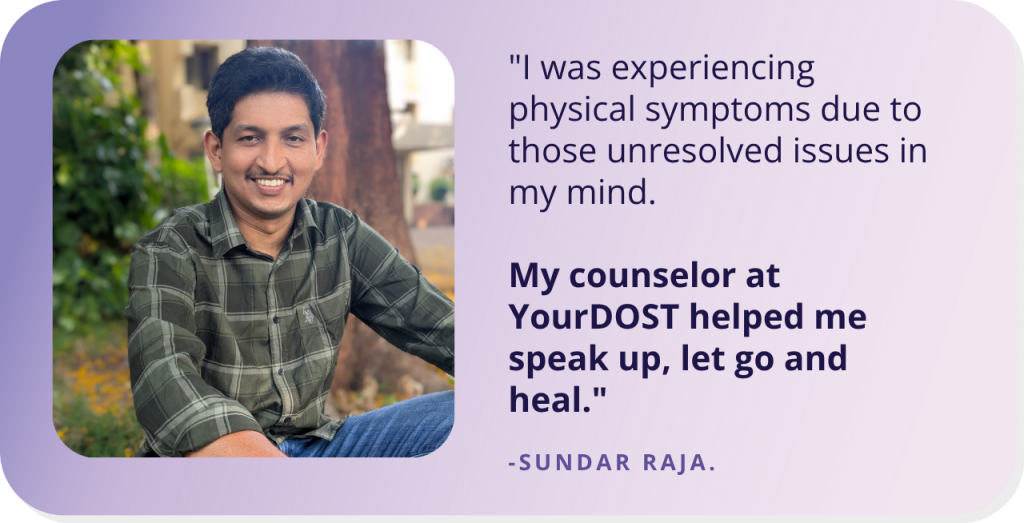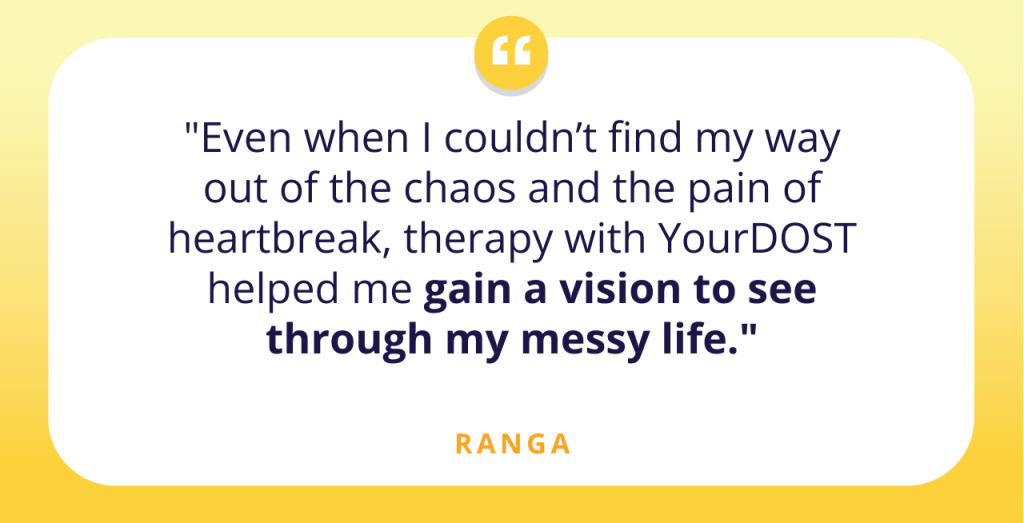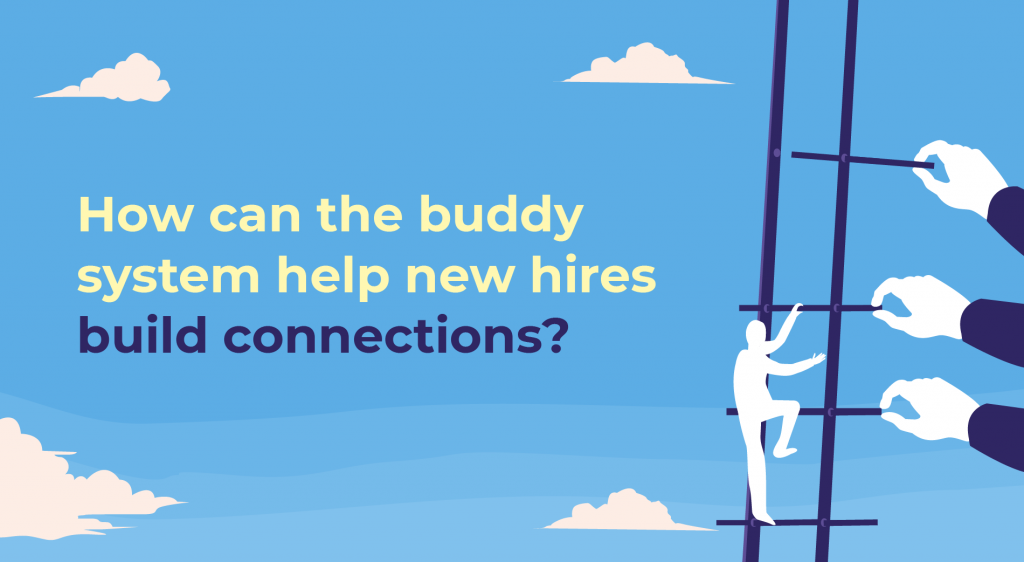
Building Connections and Confidence: How can the buddy system help new hires?
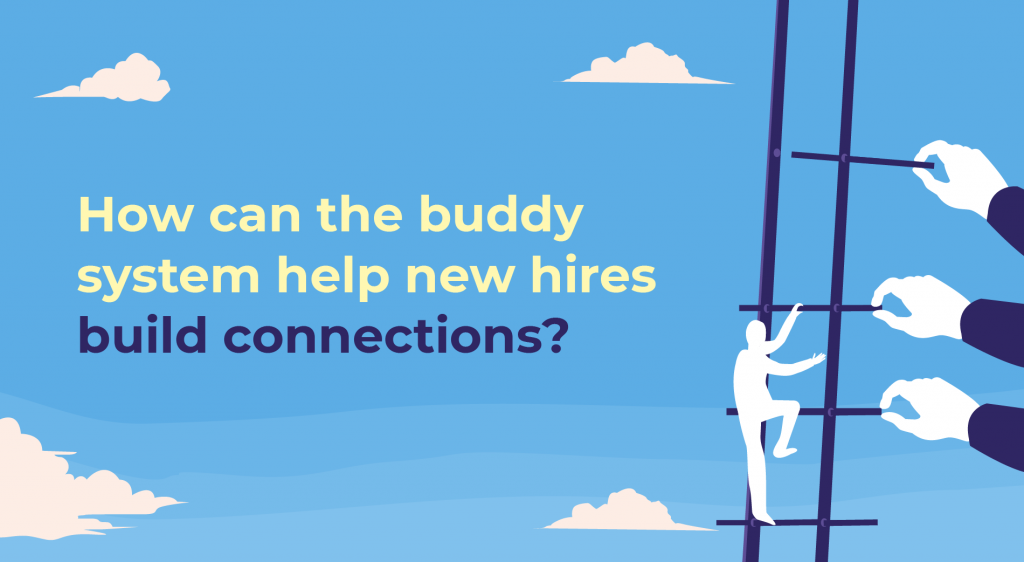
When starting a new job, the first thought often is: How will we adjust and feel at ease in an unfamiliar setting? This concern can sometimes overshadow the excitement of embarking on a fresh journey. Developing good working connections is another massive stressor for a newly hired employee. The buddy system can help overcome these challenges. It is a very effective tool to help reduce discomfort in the new workspace, openly communicate, and boost the new hire’s confidence.
A study by Microsoft shows that new hires with buddies are 23% more satisfied with their new jobs, and 73% indicated that this system has made them more productive.
Who is a buddy in this scenario?
A buddy is like the “first” friend in a company for a newly hired employee who helps them settle in not only by helping out with office tasks but also by providing emotional support whenever needed.
How does this system help?
- Improved onboarding: A buddy system improves onboarding efficiency by helping new employees settle in quickly and understand company policies faster. It also helps build a sense of belongingness, which is essential for team bonding.
- Open communication: When a buddy discusses their experiences at the company and communicates openly about their work, the new employee also opens up. They feel free to ask questions without hesitation, which promotes transparency and open communication and ultimately improves job satisfaction.
- Boosts productivity: Getting to know company policies from an early stage exposes the newly hired to the company’s transparency. Continuous engagement with them makes them feel welcomed and valued as part of the team, which in turn increases their motivation to work.
At Microsoft, it was observed that increased interaction between onboarding buddies and new hires led to a stronger sense of productivity. Specifically, 56% of new hires who connected with their buddy at least once within their first 90 days felt that this support helped them quickly become effective in their role.
- Faster employee development: The buddy offers possibilities for continuous learning in a non-judgmental and encouraging environment by sharing their expertise and providing guidance at a personal level. This helps the new hires to adapt to the new environment and learn faster.
What are some things to consider while structuring a buddy system in the organisation?
- Choose the right buddy: Identifying suitable buddies is very important because they will assess the new hire’s wellness.
- Choosing someone experienced from the team can be helpful because they will know about the company and how it functions, allowing them to better guide them.
- They should be approachable and friendly with an intent to guide the newcomers.
- They should have good communication skills to engage in conversations with the newly hired and make them feel comfortable.
- Make a buddy guide:
It is essential to guide the buddies on how they can support the new hires. Guidelines and ground rules can help the buddies be transparent about their responsibilities.
Some examples of how the organisations can help buddies with their responsibilities:
- Provide the buddies with some guidance on how to help the new hires with everyday tasks.
- Assure the buddies that there will be enough support if they need help. This ensures that they do not feel pressured at any point.
- Schedule regular check-ins with the buddies so that they don’t feel overwhelmed.
- They should be aware of the organisation’s goals and expectations. This will help them better understand their responsibilities towards the newly hired.
An appropriately run buddy system can improve onboarding, resulting in a happier, more productive work environment. This is an essential way to enhance employee well-being, which is one of the most crucial keys to the success of any organisation.
Our platform connects individuals with experienced psychologists, provides valuable resources, and much more to support them on their journey to mental health. Invest in emotional wellness with YourDOST and positively impact the well-being of your employees or customers today.
